We’ve all been there. Whether it’s kicking back on a weekend or during a much deserved vacation, you get lulled into thinking that nothing can ruin your rest and relaxation. Then you hear that all-too-familiar whine in your ear. No, not your spouse. Mosquitos. Those little buggahs are a hazard in the world over, and we definitely have them in Hawaii. Well, there’s good news and bad news with that. The bad news is we have a lot more hazards than mosquitos. The good news is mosquitos are probably the only creepy crawly thing you’ll encounter when visiting. Environmental hazards are by far more dangerous in Hawaii, but luckily they can usually be avoided as long as you’re educated on them. Here’s a rundown of the hazards you may (or may not) encounter while hiking and exploring nature on your trip to Hawaii.
Waterfalls and Flash Floods
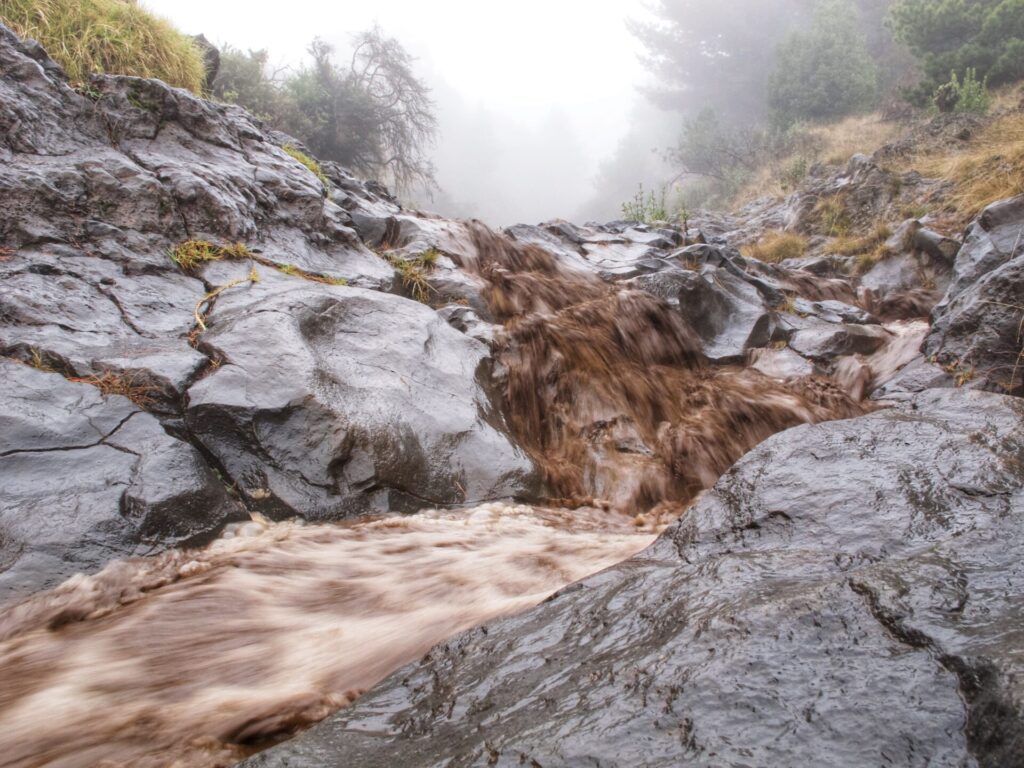 Probably the biggest hazard you find on land in Hawaii is flash flooding. Though rare, flash floods can occur in any freshwater stream anywhere in the world, and they can happen when it’s sunny where you are but raining up the mountain. These floods happen quickly, and staying alert for them is crucial. Flowing water will speed up, water will become muddy, and the water level will rise. If this happens, look for the highest ground and get there fast. This video demonstrates just how fast a flash flood can turn from bad to worse. Often times when people find themselves in these situations, they (understandably) panic and try to get back to their vehicle before things get worse. This is a bad idea and when rescues most often occur. Don’t attempt to cross any flooding streams—wait it out until the water levels go back down. The water levels will go back down, but how long it takes varies. It can happen in minutes or the flooding can last hours. This advice is not meant to deter you from calling emergency services if they are needed. However, being aware of your surroundings and having patience can go a long way in maintaining your safety, as well as the safety of emergency responders. This is why being prepared for being out in nature for an extended period of time is among the best safety measures you can take. Know the weather forecast and do research on the trail or area you are hoping to hike. Always let someone, even your hotel concierge, know where you are planning of hiking and when you plan on returning. Bring first aid supplies, plenty of drinking water, snacks and something to help keep you warm if you end up cold and wet.(Hypothermia happens even in the tropics.)
Probably the biggest hazard you find on land in Hawaii is flash flooding. Though rare, flash floods can occur in any freshwater stream anywhere in the world, and they can happen when it’s sunny where you are but raining up the mountain. These floods happen quickly, and staying alert for them is crucial. Flowing water will speed up, water will become muddy, and the water level will rise. If this happens, look for the highest ground and get there fast. This video demonstrates just how fast a flash flood can turn from bad to worse. Often times when people find themselves in these situations, they (understandably) panic and try to get back to their vehicle before things get worse. This is a bad idea and when rescues most often occur. Don’t attempt to cross any flooding streams—wait it out until the water levels go back down. The water levels will go back down, but how long it takes varies. It can happen in minutes or the flooding can last hours. This advice is not meant to deter you from calling emergency services if they are needed. However, being aware of your surroundings and having patience can go a long way in maintaining your safety, as well as the safety of emergency responders. This is why being prepared for being out in nature for an extended period of time is among the best safety measures you can take. Know the weather forecast and do research on the trail or area you are hoping to hike. Always let someone, even your hotel concierge, know where you are planning of hiking and when you plan on returning. Bring first aid supplies, plenty of drinking water, snacks and something to help keep you warm if you end up cold and wet.(Hypothermia happens even in the tropics.)
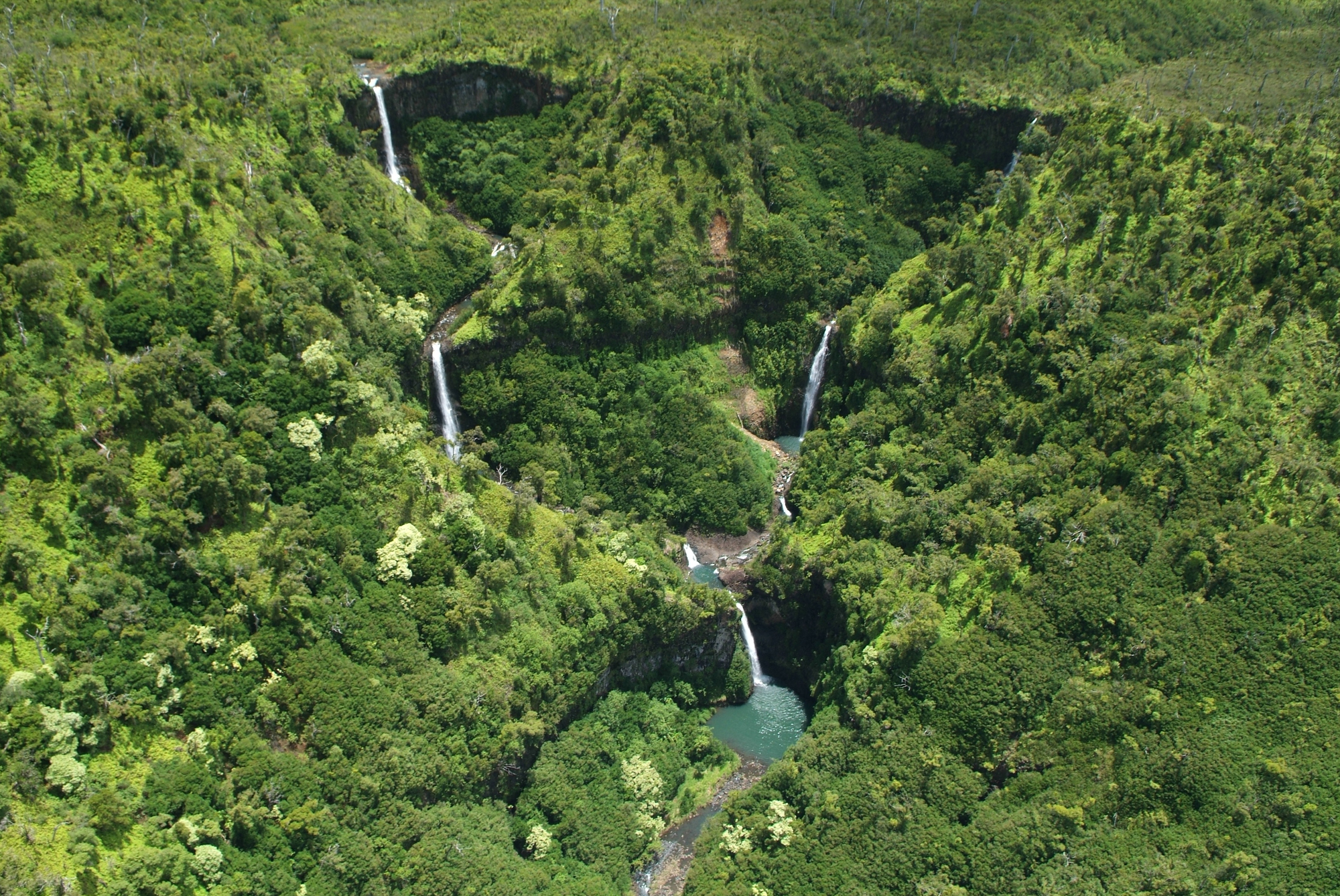 Everybody loves waterfalls. They seem to universally affect people with a peaceful, soothing feeling. Across many areas of Hawaii, waterfalls can be easy to find. This windward sides of the islands seem tailor-made for waterfall production because they has the two necessary ingredients—constant elevation changes and lots of rain up the mountain. But many of the lovelier ones are off the road, often accessible from trails. Also, everyone wants to go swimming at waterfalls. While swimming in these freshwater streams, try to use your arms as much as possible. Kicking an unseen rock is easier than you think. Also, consider wearing water shoes or, better yet, tabis, while in streams. (Tabis are sort of fuzzy mittens for your feet that grab slippery rocks quite effectively. You can get them at many Longs Drugs shops in the state.) Keep in mind if you do go swimming at a waterfall, lingering under the falls is not recommended. Not everything that comes over the top of the falls will be as soft as water. Rocks coming down from above could definitely shatter the moment—among other things.
Everybody loves waterfalls. They seem to universally affect people with a peaceful, soothing feeling. Across many areas of Hawaii, waterfalls can be easy to find. This windward sides of the islands seem tailor-made for waterfall production because they has the two necessary ingredients—constant elevation changes and lots of rain up the mountain. But many of the lovelier ones are off the road, often accessible from trails. Also, everyone wants to go swimming at waterfalls. While swimming in these freshwater streams, try to use your arms as much as possible. Kicking an unseen rock is easier than you think. Also, consider wearing water shoes or, better yet, tabis, while in streams. (Tabis are sort of fuzzy mittens for your feet that grab slippery rocks quite effectively. You can get them at many Longs Drugs shops in the state.) Keep in mind if you do go swimming at a waterfall, lingering under the falls is not recommended. Not everything that comes over the top of the falls will be as soft as water. Rocks coming down from above could definitely shatter the moment—among other things.
ATVs
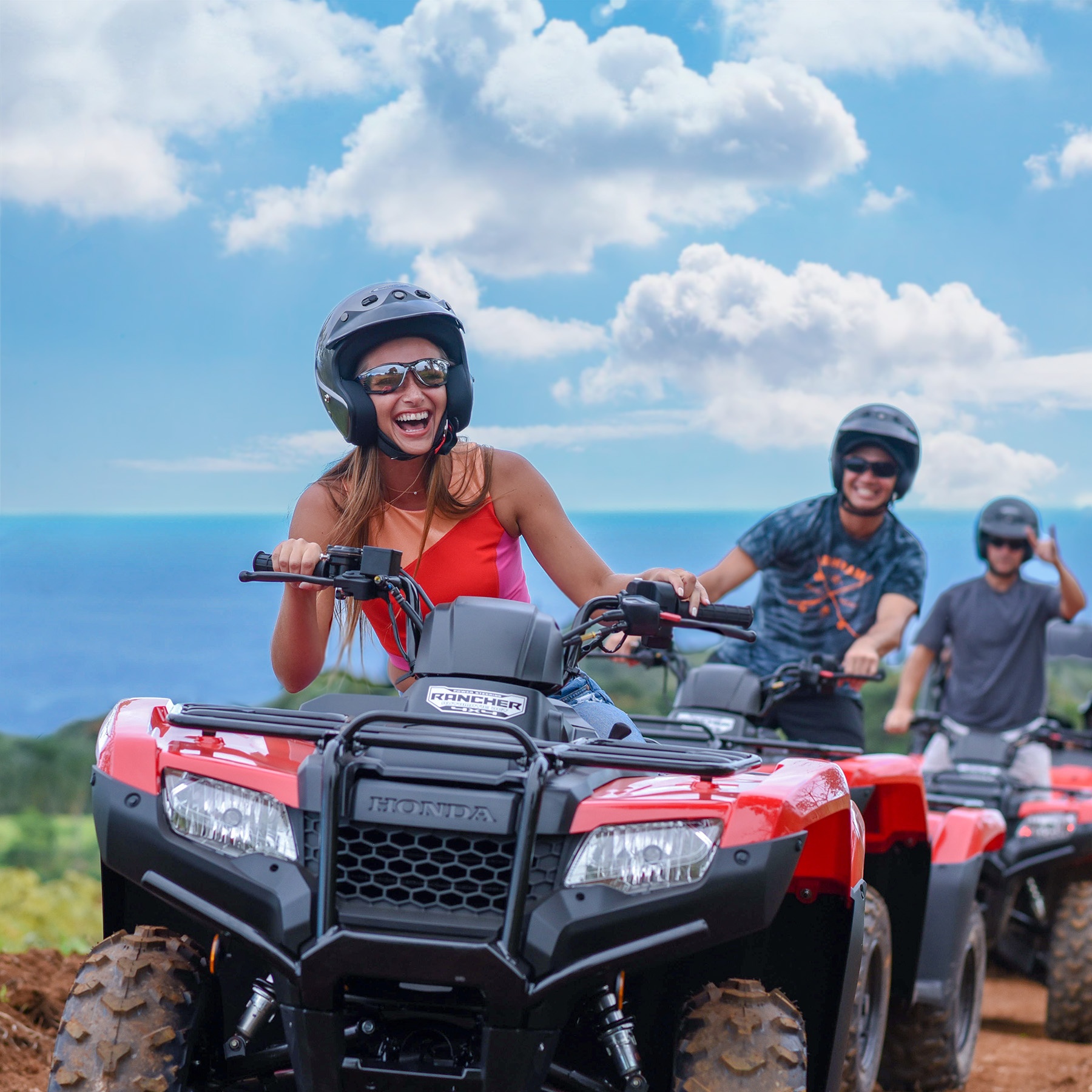
Umauma Experience: Deluxe ATV
Speed along 5.5 miles of dirt trail, taking in stunning views of the Hamakua Coastline and the sea beyond. As you ride, you’ll glimpse waterfalls along the Umauma River. Stop at a pond to swim or enjoy a local snack.
Avoiding Infectious Disease
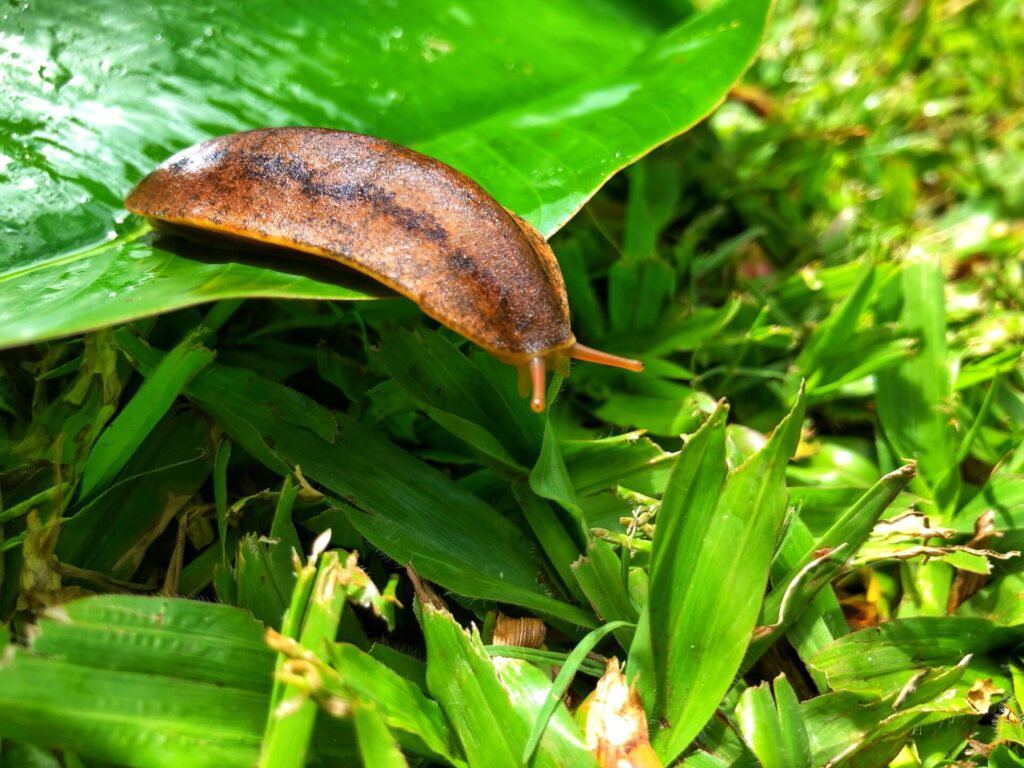 Leptospirosis is an infectious disease caused by bacteria found in some of Hawai‘i’s fresh water. It is transmitted from animal urine and can enter the body through open cuts, eyes and through drinking. Around 100 people a year in Hawaii are diagnosed with the bacteria, which is treated with antibiotics if caught relatively early. You should avoid swimming in streams if you have open cuts, and treat all water found in nature with treatment pills before drinking. (Many filters are ineffective for lepto.)
Leptospirosis is an infectious disease caused by bacteria found in some of Hawai‘i’s fresh water. It is transmitted from animal urine and can enter the body through open cuts, eyes and through drinking. Around 100 people a year in Hawaii are diagnosed with the bacteria, which is treated with antibiotics if caught relatively early. You should avoid swimming in streams if you have open cuts, and treat all water found in nature with treatment pills before drinking. (Many filters are ineffective for lepto.)
Another bacteria to be aware of is Enterococcus, which can be found in rivers or the ocean in high concentrations after heavy rains. If the ocean water is looking brown, don’t go swimming. The Surfrider Foundation’s Kaua‘i chapter regularly tests water from 25 spots around the island and posts the latest findings on their website. Under normal conditions, if you don’t have open cuts or swallow much water, your body will not be adversely affected by the bad stuff.
One last sickness to point out—Rat Lungworm Disease. Admittedly, it sounds like a bad heavy metal band’s name. You can get it from accidentally eating a slug. Slugs love to munch on produce, and if your fruit or veggies aren’t washed and rinsed really well, it’s possible that a small slug can end up in your salad. Symptoms usually show up 1–3 weeks after exposure and can range from fever, tingling of the extremities and vomiting to a rare form of meningitis. If you’re cooking at your rental or love picking up local produce from farmers markets or roadside stands, be sure to inspect your stuff and always wash it in clean water (especially leafy greens).
Creepy Crawlies
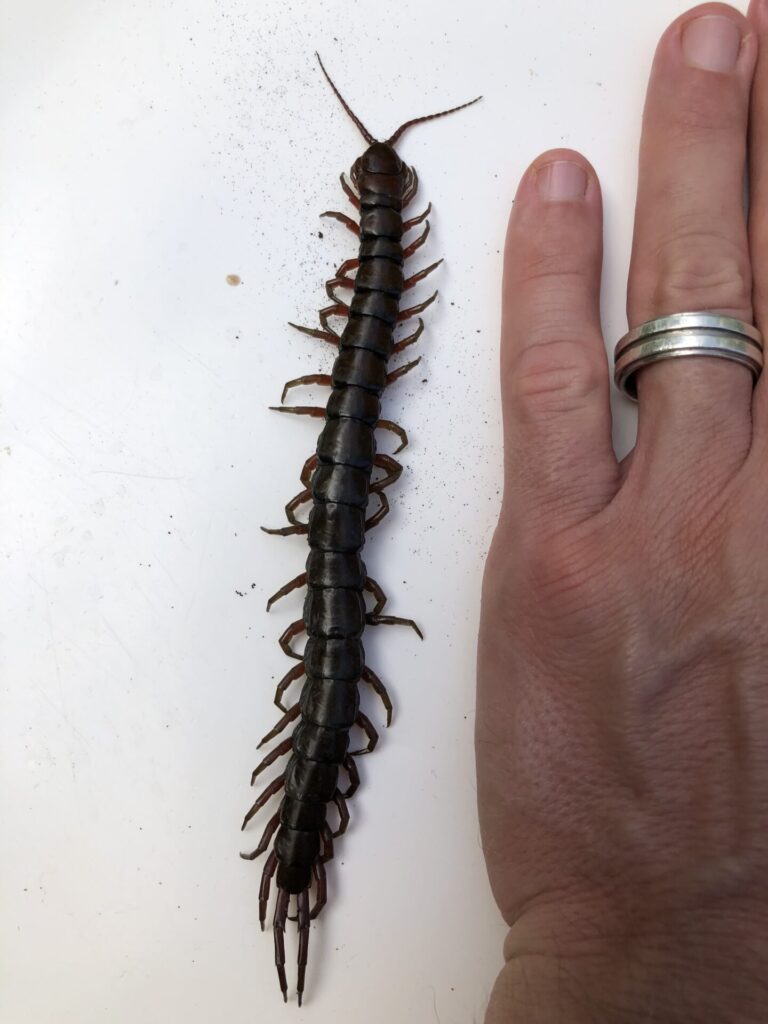 In Hawai‘i there are relatively few hazards on land when it comes to animal life. Amazingly, we don’t have any snakes (and we really hope it stays that way). Being a tropical environment, there’s a number of creepy crawlies that some would would argue fit the description. Unless you’re camping, you’re not likely to see most of the bugs listed here. That being said, these are the more common stand outs.
In Hawai‘i there are relatively few hazards on land when it comes to animal life. Amazingly, we don’t have any snakes (and we really hope it stays that way). Being a tropical environment, there’s a number of creepy crawlies that some would would argue fit the description. Unless you’re camping, you’re not likely to see most of the bugs listed here. That being said, these are the more common stand outs.
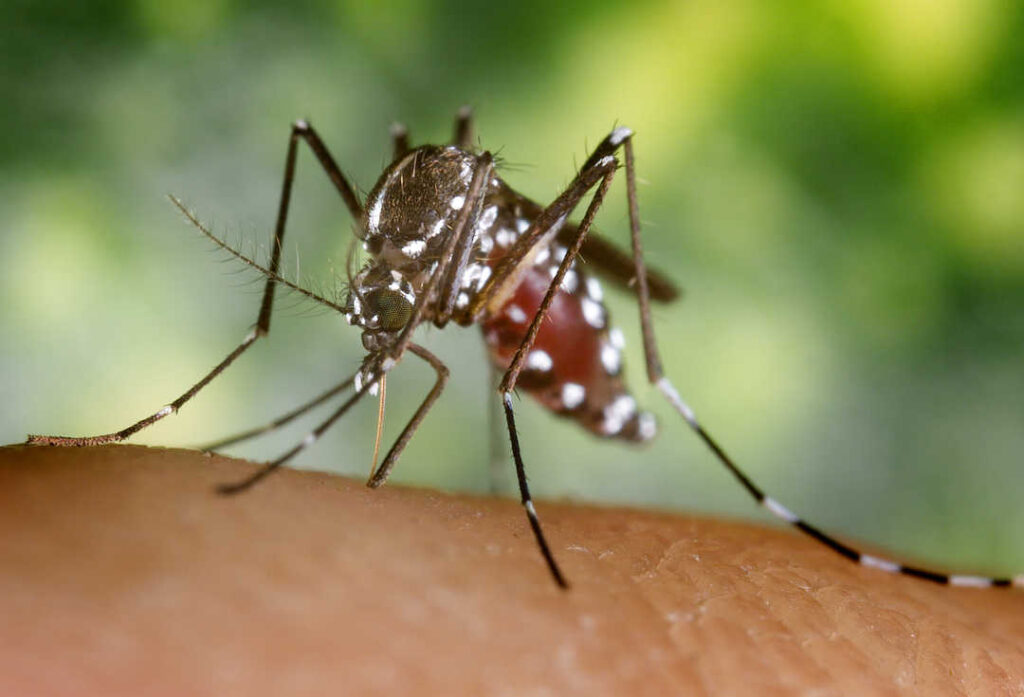
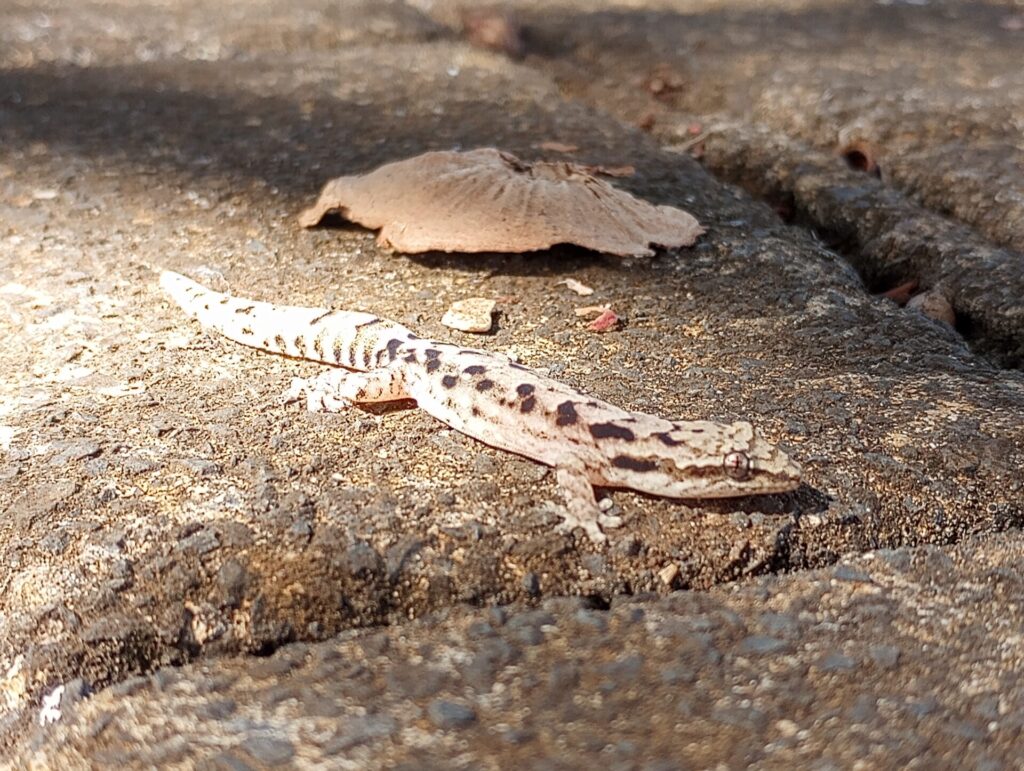
Regarding cockroaches, there’s good news and bad news. The bad news is that here, some are bigger than your thumb and can fly. The good news is that you probably won’t see one. One of their predators is the gecko. These small lizards make a surprisingly loud chirp at night. Geckos are cute and considered good luck in the Islands (probably ’cause they eat mosquitoes and roaches).
These hazards are easy to avoid. If you still feel like braving the great outdoors and exploring Hawaii’s natural beauty, our guides are one of your best resources. Whether you’re exploring beaches, the top of volcanoes or lush rainforests, our believable guidebooks will lead you to unbelievable vacations.
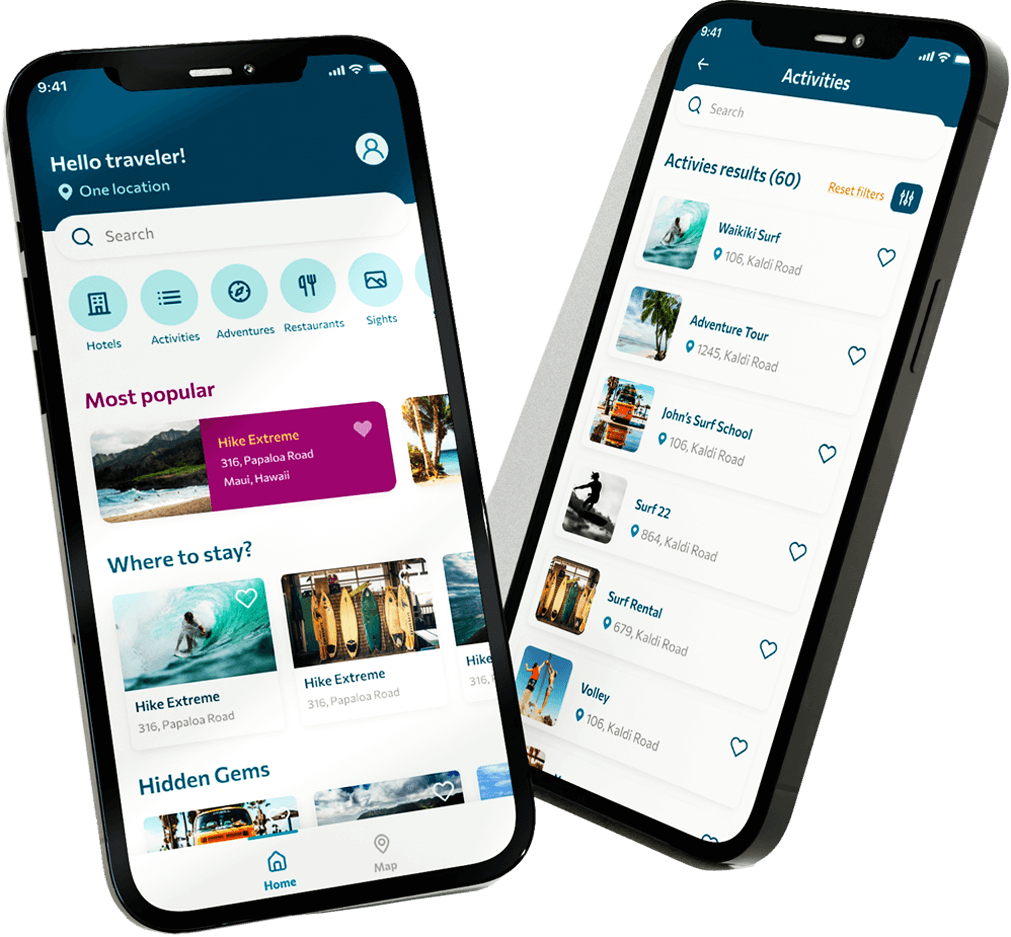



0 Comments